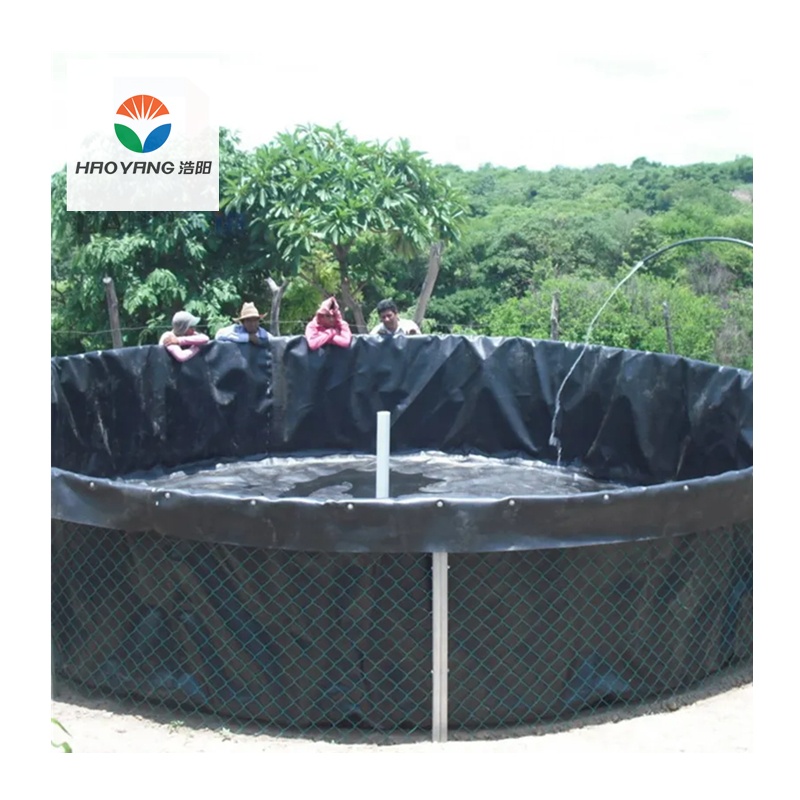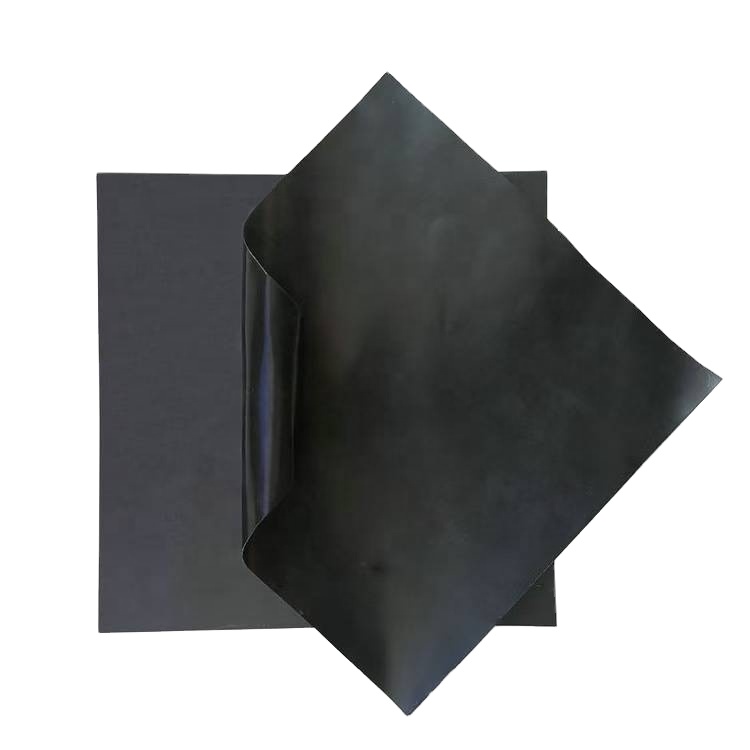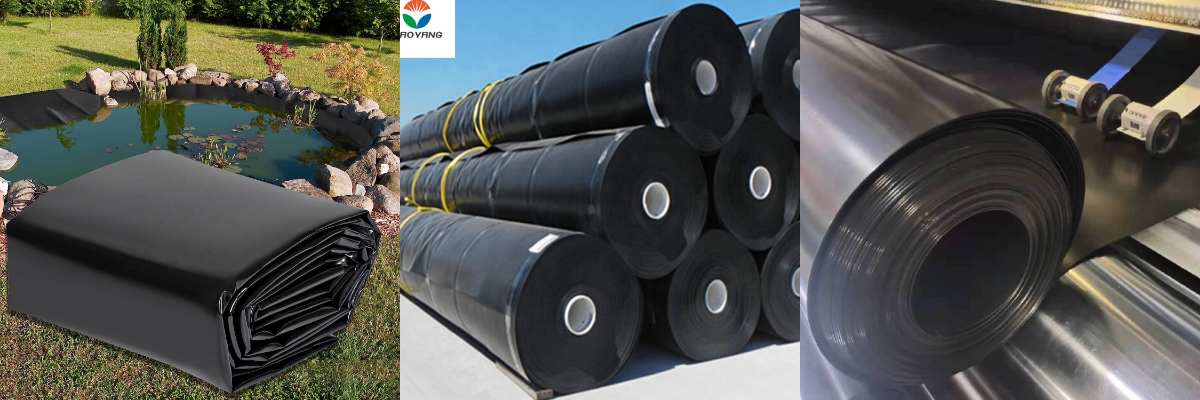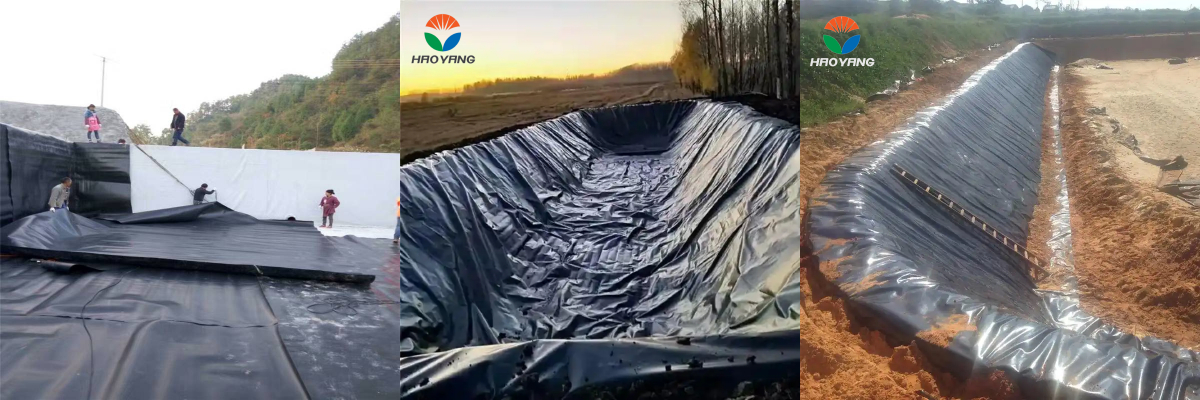40mil LDPE Geomembrane
Unmatched Flexibility: Conforms to complex geometries, reducing installation risks.
Broad Chemical Compatibility: Withstands aggressive substances in mining and waste management.
Sustainable and Cost-Effective: Balances performance with recyclability and lower lifecycle costs.
40mil LDPE Geomembrane: A Comprehensive Guide to Performance and Applications
Introduction
Low-Density Polyethylene (LDPE) geomembranes are widely recognized in civil engineering and environmental protection projects for their exceptional durability, flexibility, and cost-effectiveness. Among the available thicknesses, the 40mil LDPE geomembrane (equivalent to 1.0 mm) stands out as a versatile solution for applications requiring robust containment and barrier properties. This article explores the technical specifications, applications, and advantages of 40mil LDPE geomembranes, supported by industry data and performance metrics.
1. Material Overview and Technical Specifications
LDPE geomembranes are synthetic membranes manufactured from polyethylene resin through a extrusion or calendaring process. The 40mil thickness strikes a balance between mechanical strength and ease of installation, making it suitable for medium- to high-demand projects.
Key Physical Properties
The performance of LDPE geomembranes is governed by standardized tests, ensuring consistency across applications. Below is a summary of critical parameters for a typical 40mil LDPE geomembrane:
| Property | Specification | Unit | Test Method |
Thickness | 40 mil (1.0 mm) | mil/mm | ASTM D5199 |
Density | 0.94 g/cm³ | g/cm³ | ASTM D1505 |
Tensile Strength | 25 MPa (MD/TD) | MPa | ASTM D6693 |
Elongation at Break | 700% (MD/TD) | % | ASTM D6693 |
Puncture Resistance | 400 N | N | ASTM D4833 |
Carbon Black Content | 2–3% | % | ASTM D1603 |
Hydrostatic Resistance | >200 m | m | ASTM D5385 |
UV Resistance | 1,000+ hours | Hours | ASTM G154 |
Notes:
MD/TD: Machine Direction/Transverse Direction.
UV Resistance: Achieved through carbon black dispersion, critical for outdoor applications.
2. Applications of 40mil LDPE Geomembrane
The 40mil LDPE geomembrane is employed across diverse industries due to its adaptability and resistance to chemicals, moisture, and environmental stressors.
2.1 Waste Management
Landfill Liners and Caps: Prevents leachate migration into soil and groundwater. The 40mil thickness provides adequate puncture resistance against sharp waste materials.
Hazardous Waste Containment: Resists aggressive chemicals, ensuring long-term isolation of toxic substances.
2.2 Mining and Hydraulic Engineering
Heap Leach Pads: Withstands acidic and alkaline solutions used in metal extraction processes.
Canal and Reservoir Liners: Prevents seepage in irrigation systems and water storage facilities.
2.3 Agriculture and Aquaculture
Pond Liners: Maintains water integrity in fish farms and agricultural reservoirs.
Greenhouse Floors: Protects soil from contamination and reduces weed growth.
2.4 Oil and Gas
Secondary Containment: Shields soil from spills in drilling pads and storage tanks.
Fracking Fluid Barriers: Withstands high-pressure hydraulic fracturing operations.
3. Performance Advantages
The 40mil LDPE geomembrane offers several competitive edges over alternative materials like HDPE or PVC.
3.1 Superior Flexibility and Conformability
LDPE’s lower density (0.94 g/cm³ vs. HDPE’s 0.96 g/cm³) enhances flexibility, allowing the membrane to conform to irregular substrates without cracking. This is critical in applications like landfill caps or uneven terrain.
Case Study: In a 2021 study by the International Geosynthetics Society, 40mil LDPE geomembranes demonstrated 98% fewer installation-related tears compared to thicker HDPE alternatives when deployed on sloped surfaces.
3.2 Enhanced Chemical Resistance
LDPE’s molecular structure resists a broad spectrum of chemicals, including acids, alkalis, and hydrocarbons. This makes it ideal for industrial wastewater treatment and mining leach ponds.
Table 2: Chemical Resistance of 40mil LDPE Geomembrane
| Chemical | Concentration | Resistance |
Sulfuric Acid (H₂SO₄) | 50% | Excellent |
Sodium Hydroxide (NaOH) | 30% | Excellent |
Diesel Fuel | 100% | Good |
Methanol | 100% | Fair |
3.3 Cost-Effective Installation
The 40mil thickness reduces material weight by 20% compared to 60mil alternatives, lowering shipping and labor costs. Its flexibility also minimizes welding time, as fewer seams are required.
Cost Comparison:
Material Cost: 0.50–0.75/ft² (40mil LDPE) vs. 0.80–1.10/ft² (60mil HDPE).
Installation Speed: 15–20% faster due to easier handling.
4. Environmental and Durability Considerations
4.1 UV Stability
Carbon black additives ensure UV resistance for over 1,000 hours of exposure, extending outdoor lifespan to 30–50 years depending on conditions.
4.2 Low-Temperature Performance
LDPE retains flexibility at temperatures as low as -70°C (-94°F), making it suitable for cold-climate projects like Arctic mining or alpine reservoirs.
4.3 Recyclability
LDPE is 100% recyclable, aligning with sustainability goals. Post-project membranes can be repurposed into plastic lumber or new geomembranes.
5. Installation Best Practices
Proper installation is critical to maximizing performance:
Subgrade Preparation: Ensure a smooth, debris-free surface to prevent punctures.
Welding: Use automated welders for seams, achieving strengths of 90% of the base material.
Anchoring: Secure edges with trenching or ballast to prevent displacement.
Conclusion
The 40mil LDPE geomembrane combines technical reliability, cost efficiency, and environmental resilience, making it a preferred choice for containment projects. Its flexibility, chemical resistance, and ease of installation address the evolving demands of modern infrastructure.












